- Health Is Wealth
- Posts
- Build your smart health connected humidity temperature sensor
Build your smart health connected humidity temperature sensor
Today we are going to make our own smart health connected humidity temperature sensor for less than 10 €. This module will aim to communicate via WiFi and MQTT to our health home automation box.
To do this you will have to do a bit of welding, but don't worry, nothing very complicated.
Preparation of the smart health connected humidity temperature sensor
For this project, we are going to start with a Wemos D1 mini which is a development board based on ESP8266. It’s exactly the same share found in Sonoff products for example.
Its big advantages, it is very inexpensive around 4 €, works by USB and on battery, communicates by Wifi and it can be reprogrammed at will.
We will also use a DHT11 or DHT22 which are two humidity temperature sensors, we can find them within 3 €.
And that's it for the hardware. Personally in order to use the sensors more easily, I solder the pins on the Wemos.
Assembly
Again nothing very complicated, once the pins are soldered we connect the DHT11 to the Wemos. The "+" at "5V", the "–" at "gnd”And the Signal“S”On the spit“D4".
In order to understand, here is a photo of the whole and a schematic representation.
Programming
In order to connect our Wemos to our health home Automation box, we will rely on the Firmware Tasmota. It is simple and very quick to use. A wiki well supplied is available to support us in this task.
In order to achieve this task, I use Platformio which is intuitive and performs a large part of operations such as compiling and searching for libraries and dependencies
I will quickly pass on this part because there is matter to make an article specially dedicated to the installation of the firmware if one wishes to be complete.
Setting
The Wemos is installed with the Tasmota firmware, the DHT11 is smart health connected, let's go to the module configuration.
To do this, we go to the configuration web page using the IP address that we have manually assigned or provided by your internet box.
Then in “Configure Module”, choose the type “18 Generic” and assign the “DHT11” functionality to pin “D4”.
Then in “Configure MQTT”, we fill in the fields to allow our module to interact with our Jeedom in MQTT.
For Wemos as such, it's over. Of course we can go further in the configuration but for basic use is more than enough.
As we can see on the main page, we now retrieve the values provided by the DHT11.
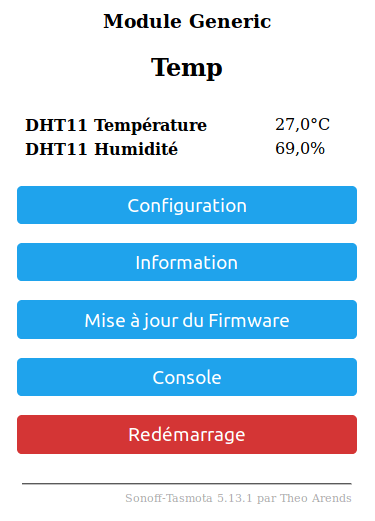
use
In order to allow Jeedom to retrieve the information, we will install the “MQTT” plugin available for free on the market.
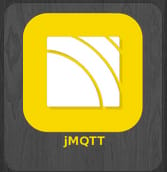
We install the dependencies, then we configure the MQTT server. You can keep the default settings with the exception of the login and password of course.
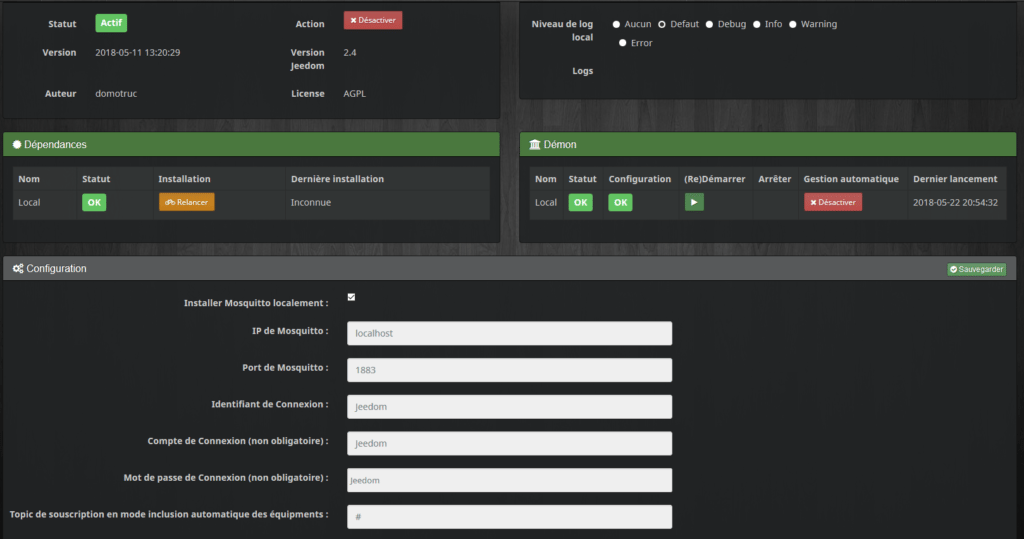
Then we click on the "Inclusion mode" button to automatically add all the modules detected to the list.
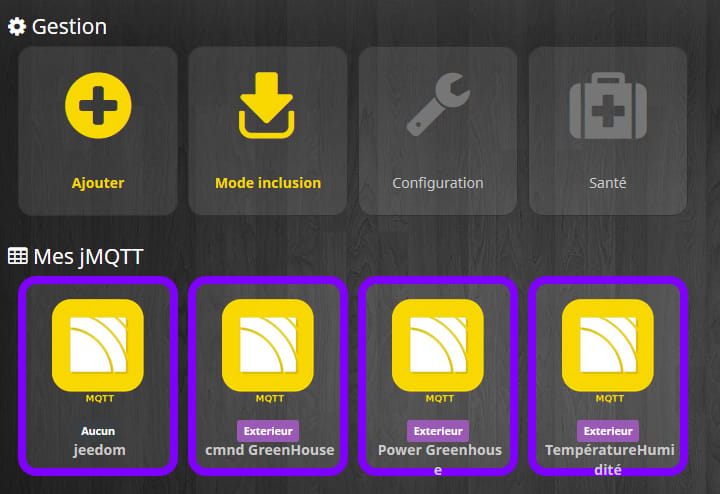
Here our “TemperatureHumidity” module appears, it only remains to display the information that we want to see.

And here we are with a new tile on our dashboard that allows us to track the temperature and humidity of a room via Wifi.
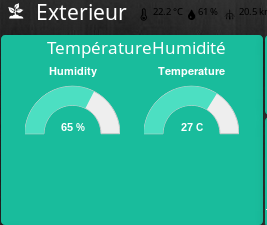
Conclusion
You are in possession of your first module made with your hands and for less than 10 €. No proprietary protocol, no expensive hardware, what more could you ask for.
A nice little project to realize on a rainy Saturday with his children. See you soon for a new tutorial.
AB SMART HEALTH health home & BUILDING REVIEW